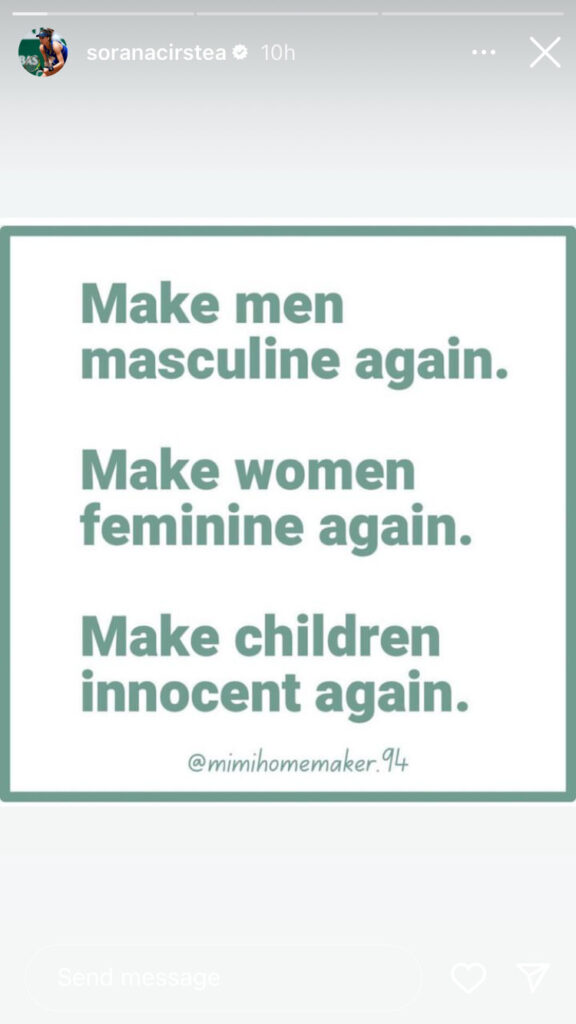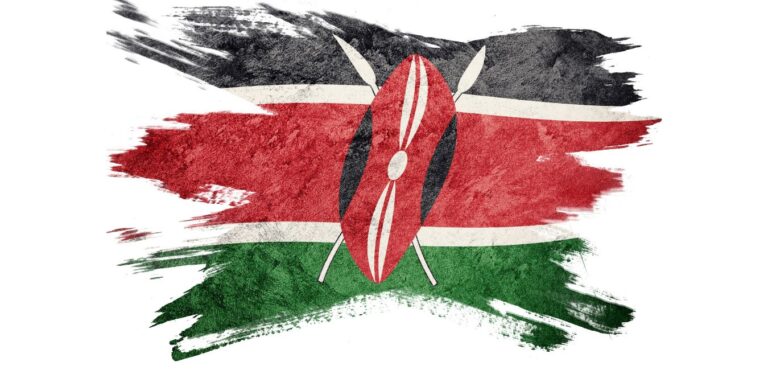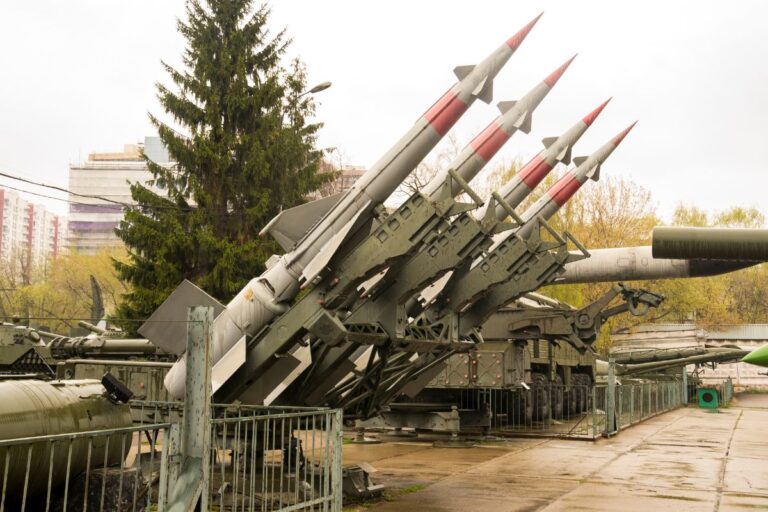Just like in a poker match, many times in a negotiation, it is helpful to perceive the thoughts and feelings of the other negotiator; you don’t have to be a telepath or a mentalist; it’s enough to start by knowing the language of the body and the language of the eyes. Today about the language of the eyes…
The language of the eyes
Without going too much into anatomy-related matters, we will say that how we think is transposed into how we move our eyes. If we are lying or if we are telling the truth – a connoisseur of eye language will „read” you immediately; it has nothing to do with anything other than how each half of the cerebral hemisphere is assigned the opposite half of the body and with the fact that the left hemisphere, which controls the right side of the body, is „responsible” for analytical processes. In contrast, the right side is „responsible” for intuitive processes. Let’s go directly to the topic: look at the image below – it hugely explains what it means to translate the language of the eyes.
Different eyes positions and their interpretation
The interlocutor’s eyes look to your right, up (his left, up)
The interlocutor’s gaze towards your right side, above, mainly involves visual memories; it assumes that the interlocutor is trying to remember, not to build a new image with which to mislead you. It is usually a sign that this is well-intentioned, but check your interlocutor with additional questions.
The interlocutor’s eyes look to your right, sideways (his left, sideways)
Looking to your right, to the side (to the left of your interlocutor), assumes that he is trying to remember sounds – a melody, a voice, a noise. So, if you ask him – „and what sound did you hear when you opened the door?” and he looks to your right, sideways (his left), then it means he is trying to remember and is sincere in his attempt. If he wanted to mislead you, he would have looked elsewhere, as we will see.
The interlocutor’s eyes are looking down to your right (his left, down)
In this case, it means that the interlocutor is thinking – it is a typical position of the gaze for those who are thinking about the solution to a problem, about a question. It is both an inner dialogue, a struggle to find a soutie, but also an attempt to identify in memory ways to solve a situation.
The interlocutor’s eyes look down
This position of the gaze indicates that the interlocutor remembers a taste – bitter, sour, sweet. If you are a reader, ask your friend ”how you liked the cake?”. And he looked down and said sweet, then it was sweet. If he looks to the upper left – his right (as we will see), it means that he is trying to hide the authentic taste of the cake (which he didn’t necessarily like), and even if he says that it was sweet, you will know that he didn’t think so.
The interlocutor’s eyes look towards your lower left (his right, lower)
In this case, the interlocutor builds sensations and feelings in his mind – love, fear, shame, guilt, pleasure, etc. The feeling cannot be identified as such only by the direction of the gaze. Still, this information must be correlated with others, such as the color of the cheeks, nervous tics, sweating, the position of the hands, etc., but about micro-mimicry in a future article.
The interlocutor’s eyes look towards your left side (his right side)
In this case, the interlocutor constructs or imagines sounds – he tries to figure out what a song would sound like, a voice he has never heard before. It does not require remembering – so if you ask the interlocutor, let’s say a witness to an incident, what sound did he hear when the suspect left the room and he looked to your left side (his right), then it means that he is trying to lie and „make up” the sound in the mind, not reproduce it.
The interlocutor’s eyes look to your left, up (his right, up)
If he looks to your upper left (his right), he imagines something that looks different from reality or he improvises, like when we lie; for example, when he tries to tell a lie, hide a truth, and try to imagine what to say so as not to give a clue. However, do not be misled by the normal processes that involve imagination – for example, if you ask the interlocutor how he imagines the collaboration or the completion of the contract, he usually reacts by looking to his upper right.
So, your upper left (his right) implies a visual construction, it means that the interlocutor is using imagination, but imagination does not always mean a lie, as we have seen. That’s why we have to be careful about which verification questions we ask so as not to misinterpret the genuine intention of the interlocutor to activate his imagination.
Interlocutory eyes – the cutter looks directly at you
When the interlocutor looks directly at you, there are several options – the first tells us that he is sincere because he does not look away from us and is attentive to what we tell him. However, the absence of common tics, such as looking in a specific direction when we ask him to remember something, can signal to us the interlocutor’s intention to avoid being „read,” He then forces himself to follow us by looking straight into our eyes.
These elements are the basic ones. It usually works because you rarely meet interlocutors who have perfected themselves in hiding these involuntary tics (we don’t know any). However, this information received through direct observation must be correlated with other information we obtain through verification or additional questions.
Knowing the language of the eyes, you can „read” the interlocutor, obtaining information about his true intentions, and you can, in turn, control yourself so that you are not „read” by the interlocutor. This technique allows you to negotiate better and more efficiently, providing you with information that not many people have at hand.

















